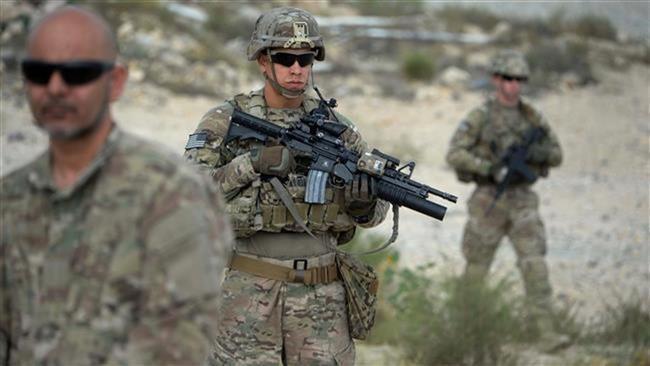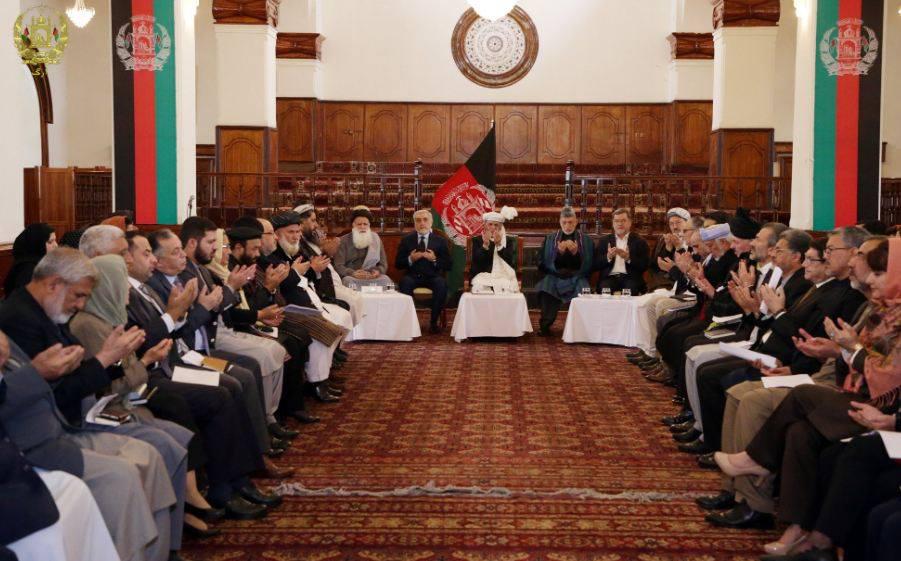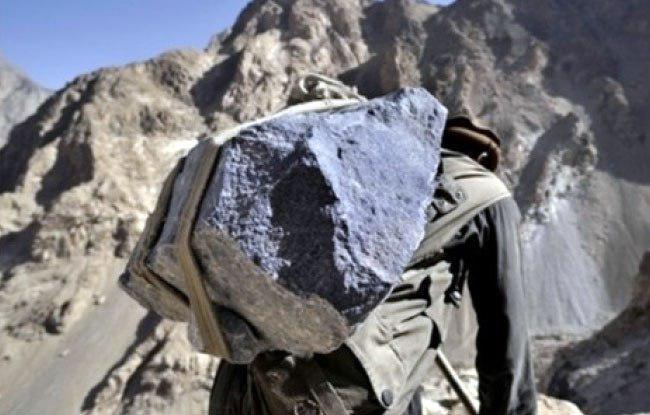Where will Afghanistan be in a year?
It’s been over 100 days since the Afghan Taliban returned to power in Kabul. The international community, particularly the west, is still grappling with the key question: should they recognise the Taliban government or wait until the insurgent group fulfills their expectations? While they try to solve this puzzle, the people of Afghanistan are suffering. The UN refugee agency, UNHCR, is appealing for much more support amid acute and rising humanitarian needs for 3.5 million people displaced by conflict inside Afghanistan — including 700,000 who were displaced in 2021.
“The humanitarian crisis is escalating daily in Afghanistan. Hunger in the country has reached truly unprecedented levels. Nearly 23 million people — that’s 55 per cent of the population — are facing extreme levels of hunger, and nearly 9 million of them are at risk of famine,” according to the UN assessment.

The international community is making pledges and even the US, which otherwise blocked $9.5 billion assets of the Afghan Central Bank, is willing to provide humanitarian assistance. Pakistan and India joined hands for the sake of Afghan citizens. Pakistan allowed India to use its land route for the transportation of 50,000 metric tonnes of wheat to Afghanistan. It is important to note this exception was created only for the people of Afghanistan as otherwise Pakistan does not allow India to export goods to Afghanistan using the Wagah crossing. Yet, all these measures may not be enough to avert another crisis in Afghanistan, which has seen four decades of war, unrest and bloodshed.
Taliban for now controlled most parts of the country and there has been no resistance to their rule other than the threat posed by Daesh Khorasan. But can the Taliban achieve sustainable peace? In 2001 when the US-led international alliance removed the Taliban from power, there was euphoria that Afghanistan might be entering a new era of peace and prosperity. Afghan Taliban were in total disarray and foot soldiers were willing to reconcile. But the US wanted to avenge the 9/11 attacks and was not interested in any grand reconciliation. Even former military ruler General Pervez Musharraf, who was the US ally, advised the same to then US President Bush to speak to the Afghan Taliban. The opportunity was lost and the Afghan Taliban gradually regrouped and eventually forced the US to strike a withdrawal deal on their terms. Such was the swiftness of the Taliban victory that the US and its allies even could not evacuate their nationals and others.
But soon the euphoria of their victory over the superpower would be replaced by harsh realities. For over 20 years the Afghan Taliban successfully fought the war against the US and foreign forces but now suddenly they need to transform themselves from an insurgent group to the one that governs the country. And this has to happen at a time when Afghanistan’s economy is facing a precarious situation. The Taliban government does not have enough money to pay salaries to the government employees. Next 6 to 12 months are going to be critical. The likely scenario is that the initial enthusiasm of the international community may recede. The US is in no mood to pump in any more investment or funding. China is keen to help but will not take the plunge without stability. The Gulf countries can provide some funding but it is unlikely to make a difference in a manner that the Afghan economy stands on its feet.
Economic collapse appears imminent. Empty stomachs provide perfect breeding ground for extremists like Daesh to lure common Afghans. As happened in the past, the administration in Kabul always faces some form of resistance. By the end of 2022 one may see resistance emerge in Afghanistan against the Taliban rule. If history is any guide, long-term peace and stability will remain a distant dream in Afghanistan!






